Every week The Slovak Spectator brings you a selection of three short stories from across Slovakia from which pessimism and negativity are absent.
An American’s passion for Slovak folk costumes
Helene Cincebeaux has, for an American, a really unusual hobby – she collects Slovak folk dresses. She has more than 3,000 pieces in her private collection. It has been exhibited all over the United States and the world, as Slovakia's public-service broadcaster RTVS reported.
Cincebeaux is a descendant of Czechoslovak emigrants who grew up in the state of New York. When she was 13, she went to visit her great-aunt Anna in Detroit, who dressed her in her wedding clothes; another great-aunt painted her portrait.
“This affected me so much that from that moment I wanted to learn more about my cultural heritage and get to know the land of my ancestors,” Cincebeaux said, as quoted by RTVS.
She visited Czechoslovakia for the first time in 1969. Later, she and her mother, Helen Zemek Baine, visited dozens of villages in Slovakia, Moravia and Bohemia, where they learned more about the folk customs, as well as hearing some of the fascinating stories, memories and legends behind the pieces. This later led to the Baine/Cincebeaux Collection of Slovak Folk Dress & Folk Art.
Cincebeaux said that Slovaks are extremely skilful and creative people, which is proved by the folk dresses. On one occasion, Jimmy Carter, who was then US president, admired them, RTVS reported.
You can listen to a feature about Cincebeaux published by Radio Slovakia International in 2022 here.
Slovaks develop a unique diagnostic device
Using artificial intelligence, a device developed by Slovak scientists can help to diagnose several diseases in 10 seconds.
“[These] are miniaturised analytical devices designed for rapid preliminary diagnosis of certain diseases from bodily fluids,” said Samuel Furka, who developed the device together with his brother Daniel, as quoted by the TASR newswire. It combines several physical and chemical analyses and, with the help of machine learning, subsequently evaluates the presence of diseases that are in its internal database, he added.
The devices can reveal kidney and bladder diseases, diseases of the digestive system, various inflammatory diseases, diabetes and oncological diseases.
“Their aim is not to replace expensive and complex laboratory methods, but to quickly and reliably guide the doctor, who will subsequently decide on additional examinations,” Furka explained to TASR.
The developers would like to see the devices being used in Slovakia and other EU countries. Other areas where they can be used are in field diagnostics, by emergency services and for diagnosis in places where hospitals are out of easy reach. This is why they plan to use the device and collect data in remote parts of Kenya, beginning in May this year.
Young Slovak artists win at international art competition
Two young students from Slovakia enjoyed success at the 2023 edition of the Danube Art Master competition, organised by the International Commission for the Protection of the Danube River (ICPDR).
Laura Gajarská and Lea Hybbenová from the Matej Bel Primary School in Šamorín, western Slovakia, won in the Art Teen category (for children aged 12-18 years) with their piece, titled Otter.
The Danube Art Master competition is a unique platform where children and teenagers from the Danube River Basin (which includes 14 countries) are encouraged each year to reflect on the health of their local rivers and to contemplate how they can contribute to preserving these vital waters for the future. Participants are encouraged to use materials sourced, inspired, or directly taken from the environment to create their artworks, emphasising the importance of their local surroundings as a primary source of inspiration, the ICPDR wrote in a press release.
The 2023 edition saw over 1,300 children from 133 schools across the Danube River Basin participating. In total, they created 300 artworks that celebrate the beauty and significance of the Danube River. The winners were selected by a jury comprising members of the ICPDR’s Public Participation Expert Group.
Five feel-good stories published by The Slovak Spectator to read:
Claudia Alner’s life weaves a captivating blend of Vietnamese heritage and Slovak culture, reflecting her unique journey from childhood in Slovakia to her multifaceted adulthood.
Eliška Horsáková is giving aid in shelled areas, Dodo Dobrík is involved in an initiative that sends “gifts” to Putin, and blogger and entrepreneur Marcel Rebro regularly travels to Ukraine. Read the stories of Slovaks who have not given up on Ukraine.
Dušan Galusek researches cutting-edge applications of glass. This includes its use in the restoration of bones.
The romantic shepherd's life of the past as we imagine it now was incredibly demanding – and did not originate in Slovakia.
Štefan Sališ, an amateur history enthusiast, has been contributing to uncovering the past of the Liptov region for years. Together with his uncle, they found a rare fossil.
Political meme of the week
On the second anniversary of the beginning of Russia's full-scale invasion of Ukraine, Slovak Prime Minister Robert Fico (Smer) has delivered several statements in which he repeated pro-Russian talking points about the war. In a video published on Facebook, he accused the West of the “false demonisation” of Vladimir Putin, said that the EU's plan is to “support the mutual killing of Slavs”, and asserted that the war was started by “Ukrainian neo-Nazis”. He even falsely suggested, ahead of a meeting of EU leaders on February 26, that several NATO and EU member states plan to send soldiers to Ukraine, and implied that Slovakia might be forced to do the same. Here are some explanations for where these falsehoods come from, and why Fico keeps repeating them.
You can read more about this story in the latest edition of our Last Week in Slovakia newsletter and in James Thomson's column.
You can send me your tips on good news stories about Slovakia or funny memes at: radka.minarechova@spectator.sk. Thank you!



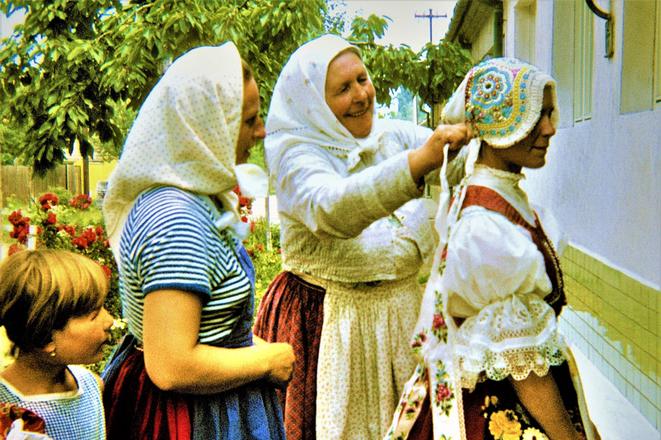 Helene Cincebeaux dressed as a bride in her ancestral village of Ratíškovice, in Moravia. (source: Facebook/Helene Cincebeaux )
Helene Cincebeaux dressed as a bride in her ancestral village of Ratíškovice, in Moravia. (source: Facebook/Helene Cincebeaux )
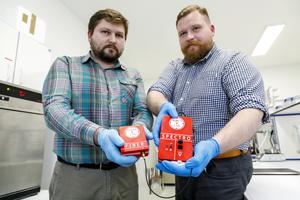
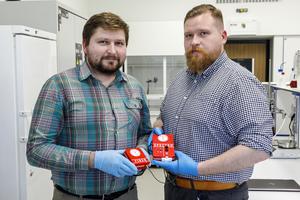
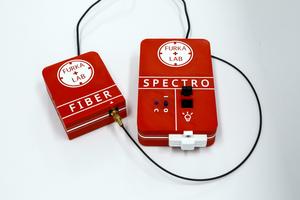
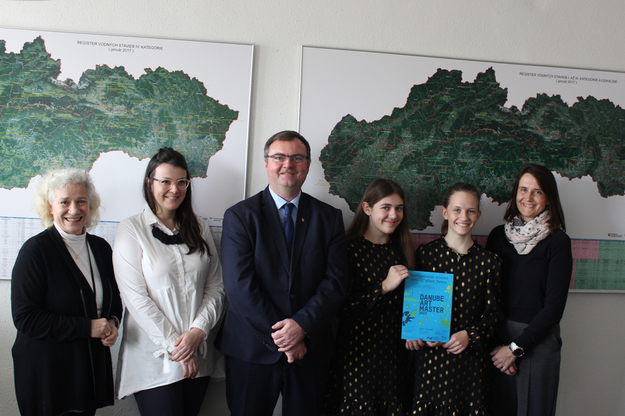 Laura Gajarská and Lea Hybbenová (second and third from the right) won the Art Teen category with the piece titled Otter. (source: Dana Vrablíková)
Laura Gajarská and Lea Hybbenová (second and third from the right) won the Art Teen category with the piece titled Otter. (source: Dana Vrablíková)
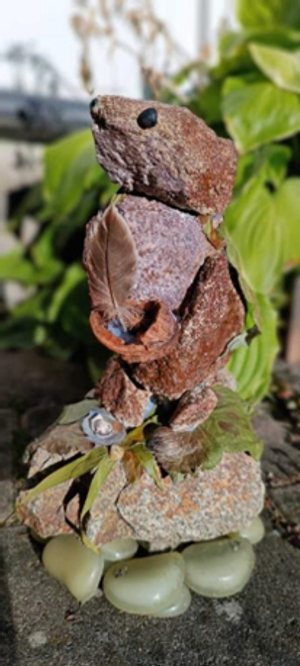 The Otter (source: ICPDR)
The Otter (source: ICPDR)
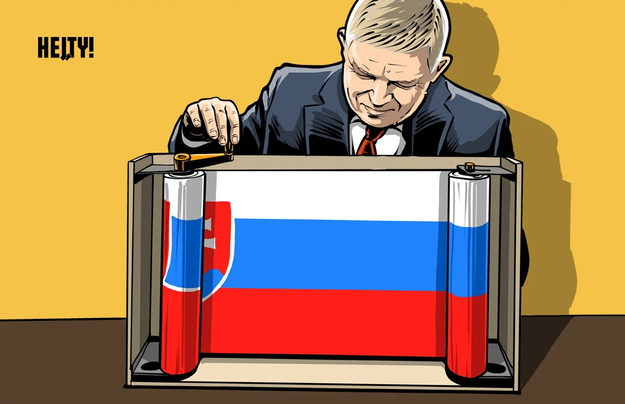 (source: Hej, ty! – Györe)
(source: Hej, ty! – Györe)